While the wild animal kingdom is often portrayed as fierce and dangerous, nature has blessed us with several species that display remarkably friendly behaviors toward humans. These animals, despite their wild nature, have shown curiosity, gentleness, and even affection when encountering people. This doesn’t mean they should be approached without caution – they remain wild creatures with unpredictable behaviors – but their natural disposition makes them more approachable than other wildlife. From playful dolphins to curious quokkas, let’s explore some of the friendliest wild animals you might encounter on your adventures around the world.
Quokkas: The Smiling Marsupials
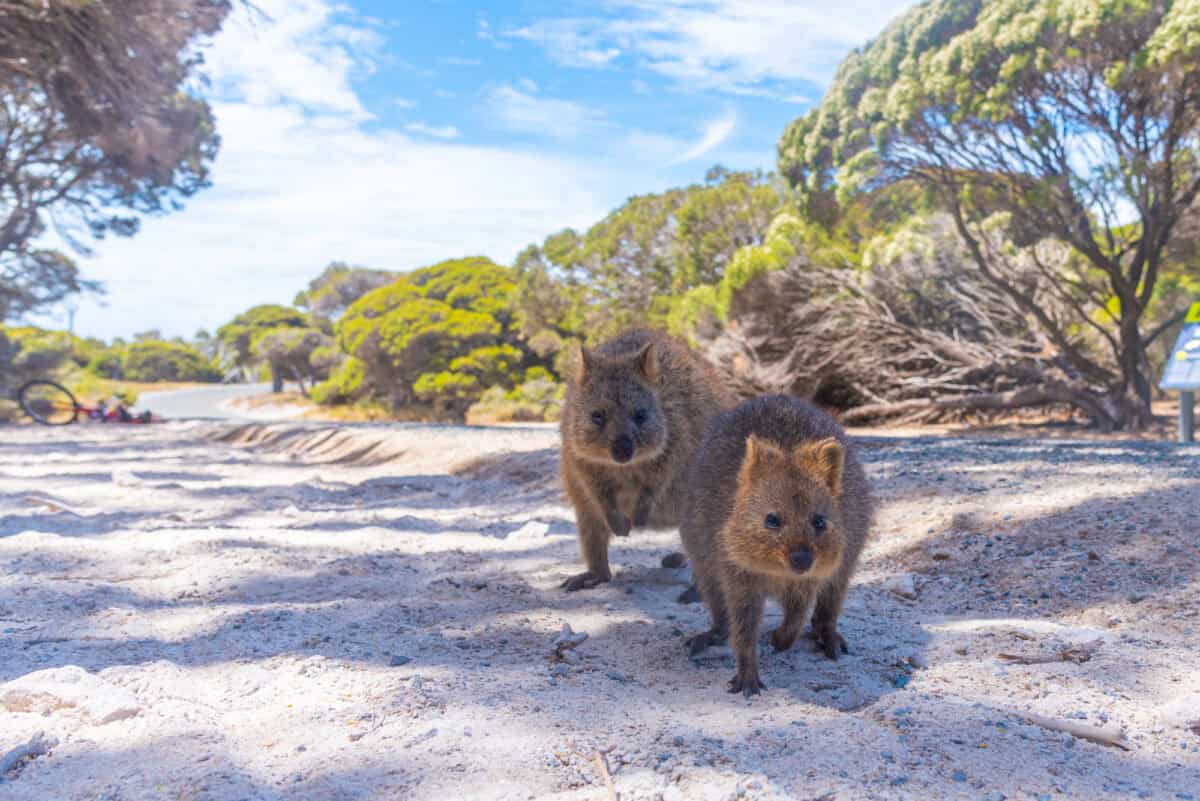
Native to small islands off Western Australia, particularly Rottnest Island, quokkas have earned worldwide fame as the “happiest animals on Earth.” These small marsupials appear to have a permanent smile on their faces due to their mouth shape and facial structure. Quokkas show little fear of humans and will often approach visitors with curious interest. Their friendly demeanor has made them social media sensations, with “quokka selfies” becoming a popular tourist activity. However, despite their approachable nature, it’s important to remember that feeding or touching quokkas is prohibited and carries heavy fines. Their friendliness is a natural trait rather than a desire for human food, and they’re perfectly capable of finding their own nourishment in the wild.
Dolphins: Intelligent Ocean Companions

Dolphins are renowned for their intelligence and social nature, often displaying what appears to be genuine curiosity and friendliness toward humans. Multiple species, including bottlenose dolphins, have been documented approaching swimmers, divers, and boats seemingly for the purpose of interaction. Their playful behavior – riding boat wakes, leaping alongside vessels, and engaging with swimmers – suggests a natural affinity for human contact. Throughout history, there have been numerous accounts of wild dolphins helping humans in distress, guiding lost boats to shore, or even protecting swimmers from shark attacks. Scientists attribute this behavior to dolphins’ highly developed social intelligence and empathy, traits they normally express within their own complex social groups. While dolphins are generally friendly, marine biologists emphasize the importance of responsible wildlife interaction and recommend viewing these magnificent creatures in their natural habitat rather than in captivity.
Capybaras: Nature’s Zen Masters

Capybaras, the world’s largest rodents, have gained internet fame for their remarkably chill demeanor and apparent ability to befriend virtually any animal. Native to South America, these semi-aquatic mammals are known for their relaxed, peaceful nature. In their natural habitat, capybaras rarely display aggression and seem content to coexist with other species, including humans who respect their space. Their gentle temperament allows them to form unlikely friendships with birds, reptiles, and other mammals – both in the wild and in sanctuary settings. Photos of capybaras serving as perches for birds or lounging with crocodiles have captivated social media. While they’re not typically pets, in some regions of South America, particularly in wildlife reserves or ranches, capybaras have grown accustomed to human presence and may approach people without fear. Their naturally sociable character makes them one of the friendliest wild mammals you might encounter, though they should always be treated as the wild animals they are.
Manatees: Gentle Giants of the Water

Manatees have rightfully earned their nickname as “sea cows” due to their peaceful, gentle nature. These large aquatic mammals, found in warm waters of the Caribbean, Gulf of Mexico, Amazon Basin, and West Africa, are known for their docile temperament and curious nature. Despite their massive size – averaging 9-10 feet in length and weighing up to 1,200 pounds – manatees show no aggression toward humans. In fact, they often approach swimmers and kayakers out of curiosity, sometimes investigating people with their sensitive facial whiskers. This friendly behavior has made manatee encounters popular in places like Florida’s Crystal River, where regulated swimming with wild manatees is permitted during certain seasons. Their slow-moving, methodical nature contributes to their approachable demeanor, though their curiosity has unfortunately made them vulnerable to boat strikes and human interference. Conservation efforts emphasize responsible viewing practices to protect these endangered gentle giants while still allowing for meaningful encounters.
Foxes: The Friendly Canids

While foxes generally maintain a healthy distance from humans, certain populations have developed surprisingly friendly behaviors. In particular, the island fox of California’s Channel Islands and some urban fox populations have shown reduced fear of humans. The phenomenon is especially notable in Japan, where the Zao Fox Village in Miyagi Prefecture has become famous for its semi-wild foxes that interact with visitors. In some northern communities, Arctic foxes have been known to approach researchers and settlements with curious, non-aggressive behavior. This friendliness isn’t universal among foxes – most remain appropriately cautious of humans – but their intelligence and adaptability allow some foxes to recognize non-threatening human behavior. Wildlife experts attribute this to foxes’ remarkable ability to thrive in human-modified environments and their opportunistic nature. Despite occasional friendly behavior, foxes remain wild animals that should be observed respectfully from a distance, as their curiosity doesn’t equate to domestication.
Elephants: Emotionally Intelligent Giants

Elephants possess remarkable emotional intelligence that can translate to friendly behavior toward humans in certain contexts. These highly social animals have demonstrated the capacity to form strong bonds not only within their herds but also with human caretakers. In elephant sanctuaries around the world, particularly in Thailand and parts of Africa, rescued elephants often develop affectionate relationships with their caregivers. They recognize individual humans, remember kind treatment, and can display what appears to be genuine affection through trunk touches, gentle leaning, or protective behaviors. Wild elephants that have positive experiences with respectful human observers may display curious, non-threatening behavior, though they maintain appropriate caution. Their advanced capacity for emotion, memory, and social learning contributes to their ability to distinguish between threatening and non-threatening human encounters. Conservation experts emphasize that while elephants can show friendly behaviors, their immense size and complex emotional lives demand respectful distance and ethical interaction practices when encountered in the wild.
Gray Whales: The Friendly Leviathans
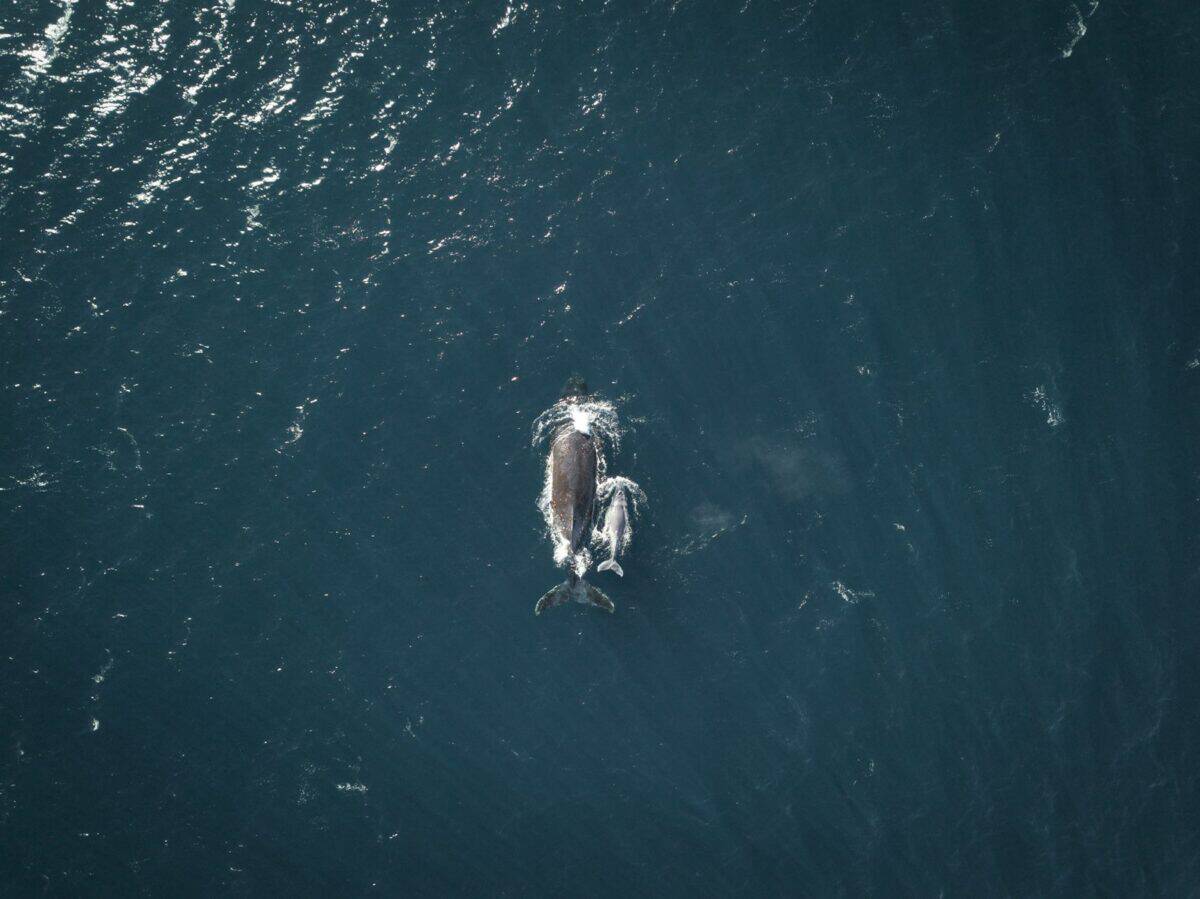
Gray whales along the Pacific coast of North America, particularly in the lagoons of Baja California, Mexico, exhibit one of the most remarkable wildlife-human relationships on the planet. These massive marine mammals – reaching lengths of 45 feet and weights of 40 tons – actively seek interaction with small boats and their human occupants during their breeding season. This phenomenon, which began in the 1970s after hunting ceased, involves mother whales actually bringing their calves to boats, seemingly to introduce them to humans. Local guides report whales regularly approaching vessels, gently lifting their heads from the water to be touched, and appearing to enjoy physical contact with people. Scientists remain fascinated by this behavior, especially considering these same whale populations were once known as “devil fish” by whalers for their fierce defense against hunters. This dramatic behavioral shift from avoidance to friendly engagement illustrates the complex social intelligence of these creatures and their capacity to distinguish between threatening and non-threatening human activities.
Penguins: Curious Waddlers
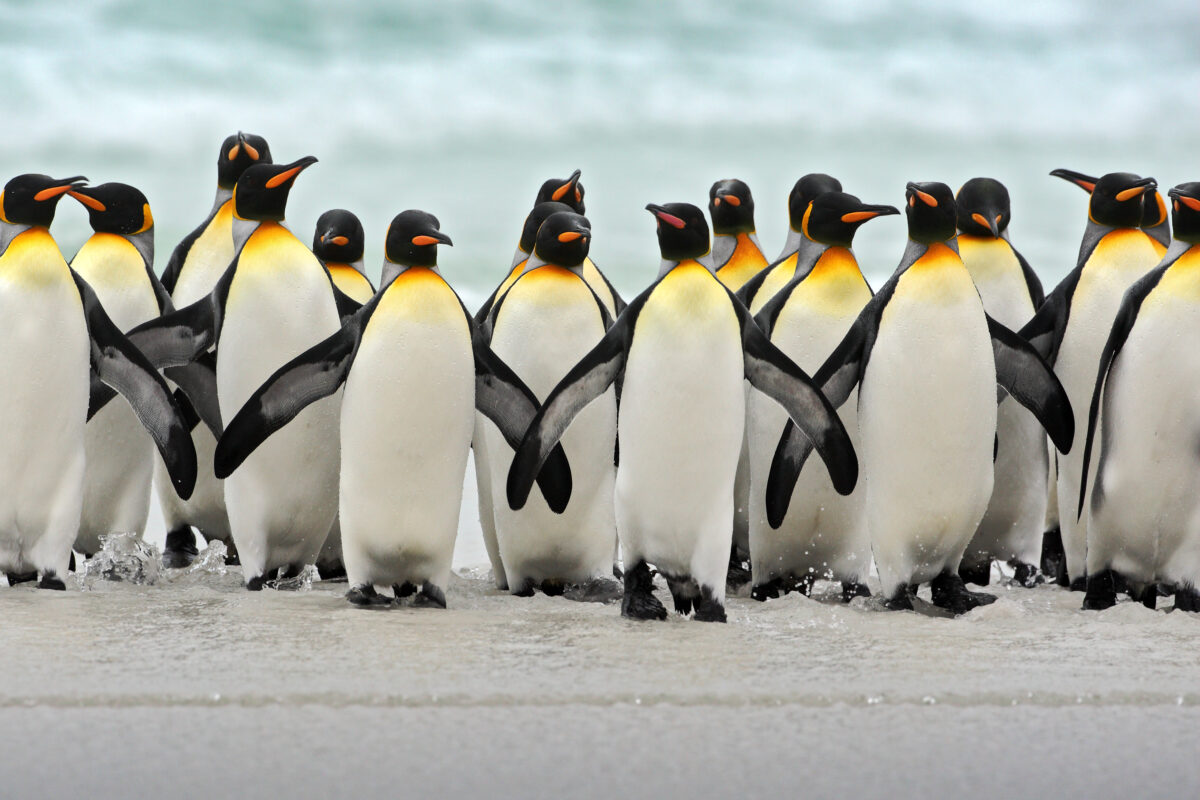
Several penguin species show remarkable curiosity and comfort around humans, particularly in locations where they have regular, non-threatening interactions with people. On islands like South Georgia and parts of Antarctica, where strict wildlife protection rules are enforced, species such as gentoo, Adélie, and king penguins often display little fear of human observers. They may approach photographers, researchers, or tourists with apparent interest, sometimes inspecting camera equipment or clothing. This behavior isn’t necessarily “friendliness” in the human sense but rather a combination of natural curiosity and lack of evolved fear response to humans. In locations like Boulders Beach in South Africa, a colony of African penguins has become accustomed to human visitors, allowing for remarkably close observation of their natural behaviors. Wildlife experts note that this comfort around humans is most pronounced in protected colonies where penguins have learned that humans pose no threat. Conservation guidelines still emphasize maintaining appropriate distance and avoiding behaviors that might stress these charismatic birds.
Deer: Adapting to Human Presence

While most wild deer maintain appropriate wariness around humans, certain populations have grown remarkably accustomed to people. The most famous example is found in Nara, Japan, where over 1,200 wild sika deer roam freely throughout the city, interacting with tourists and locals alike. These deer, considered sacred messengers of the gods in Shinto religion, have been protected for centuries and have developed a unique relationship with humans. They readily approach people for food, bow to request treats (a learned behavior), and generally display comfort with human proximity that would be unusual in most wild deer populations. Similar adaptation has occurred in some urban and suburban areas worldwide, where deer have learned that humans pose little immediate threat. Wildlife biologists note that this behavior represents adaptation rather than true domestication – these animals remain wild despite their reduced fear response. Experts recommend maintaining respectful distance even with seemingly tame deer, as their behavior can be unpredictable, especially during mating season or when feeling threatened.
Meerkats: The Sociable Sentinels

Meerkats, the charismatic members of the mongoose family native to southern Africa, are highly social creatures that can display surprising comfort around humans under certain circumstances. In areas where they’ve had positive or neutral experiences with human observers, such as research sites in the Kalahari Desert, meerkats sometimes incorporate humans into their environment in remarkable ways. They may use stationary humans as lookout posts, climbing onto people to gain better vantage points for spotting predators. Their natural curiosity and intelligence allow them to quickly assess whether humans pose a threat. In some wildlife reserves and research projects, habituated meerkat groups have become comfortable enough to continue their normal behaviors – digging for food, grooming, sentinel duties – while humans observe from close range. This isn’t true domestication but rather a form of tolerance that develops when the animals learn humans won’t harm them. Their highly social nature, evolved for tight-knit family group living, potentially predisposes them to accept non-threatening outsiders, including humans, in a way many solitary species cannot.
Rays: Graceful Sea Flatteners

Certain ray species, particularly southern stingrays in the Caribbean, have developed surprisingly friendly behaviors toward humans. At locations like Stingray City in Grand Cayman, wild southern stingrays regularly approach snorkelers and divers, gliding gracefully against them and accepting gentle touches. This unusual behavior began decades ago when fishermen cleaned their catch in shallow areas, attracting rays with the fish scraps. Over time, generations of rays learned to associate humans with food, creating one of the most remarkable wild animal-human interactions in the marine world. Similar ray encounters occur in Hamelin Bay, Australia, where eagle rays and smooth stingrays regularly approach waders on the beach. Marine biologists note that while these behaviors appear friendly, they represent learned associations rather than inherent affinity for humans. The rays’ naturally curious nature and intelligence allow them to recognize that people can be sources of food without presenting danger. Wildlife experts recommend responsible interaction practices that avoid disrupting natural feeding behaviors or creating dependency.
The Science Behind Wild Animal Friendliness
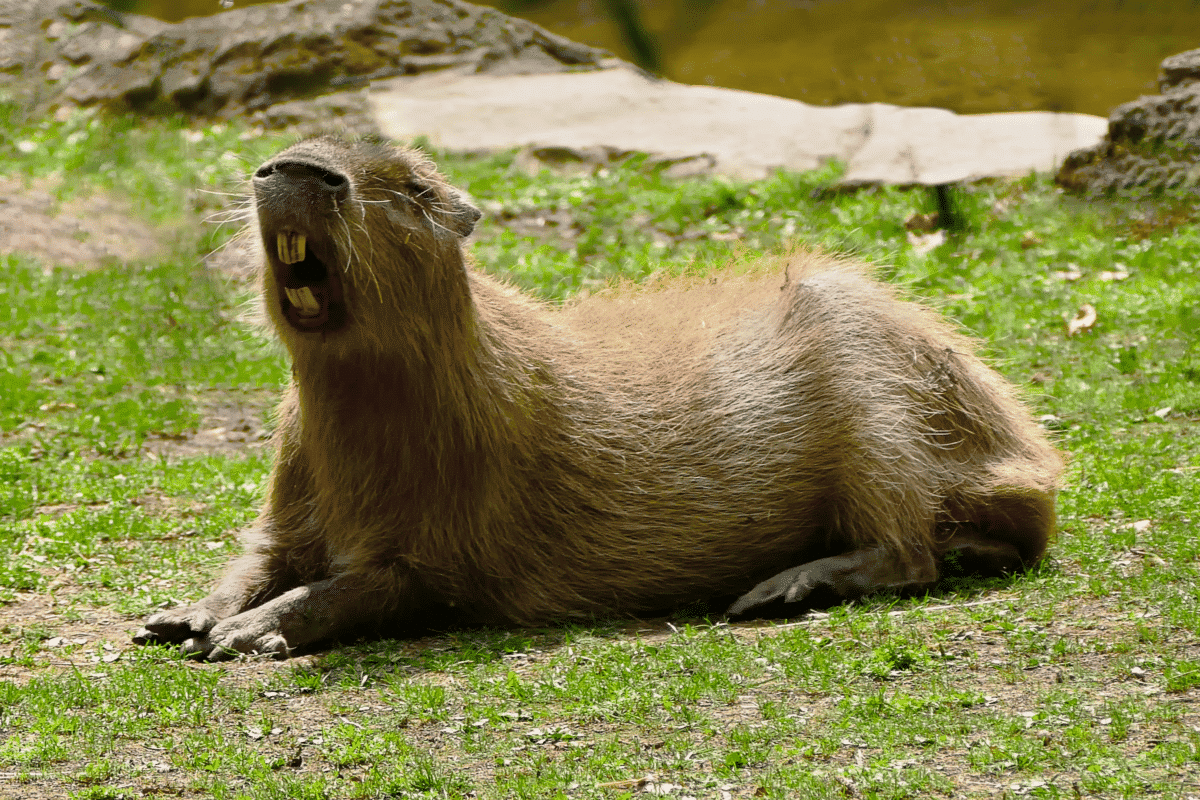
The tendency of certain wild animals to display friendly behaviors toward humans can be explained through several scientific lenses. Evolutionary biologists point to neoteny – the retention of juvenile traits into adulthood – as one factor that predisposes some species toward curiosity and reduced fear responses. Species that evolved with fewer natural predators often show less innate wariness, making them more approachable. Additionally, highly intelligent, social species like elephants, dolphins, and primates possess the cognitive flexibility to distinguish between threatening and non-threatening humans, potentially forming positive associations based on experience. Habituation – the diminished response to repeated stimuli – also plays a significant role, particularly in protected areas where animals encounter non-threatening humans regularly. Some researchers also explore the possibility of co-evolutionary relationships, where certain species may have benefited from human proximity throughout history. However, wildlife biologists emphasize that even the friendliest wild animals remain fundamentally wild, with behaviors shaped by natural selection rather than domestication. Their apparent friendliness should be viewed as a fascinating aspect of their natural behavior rather than an invitation for inappropriate interaction.
Responsible Wildlife Encounters: Enjoying Without Harming
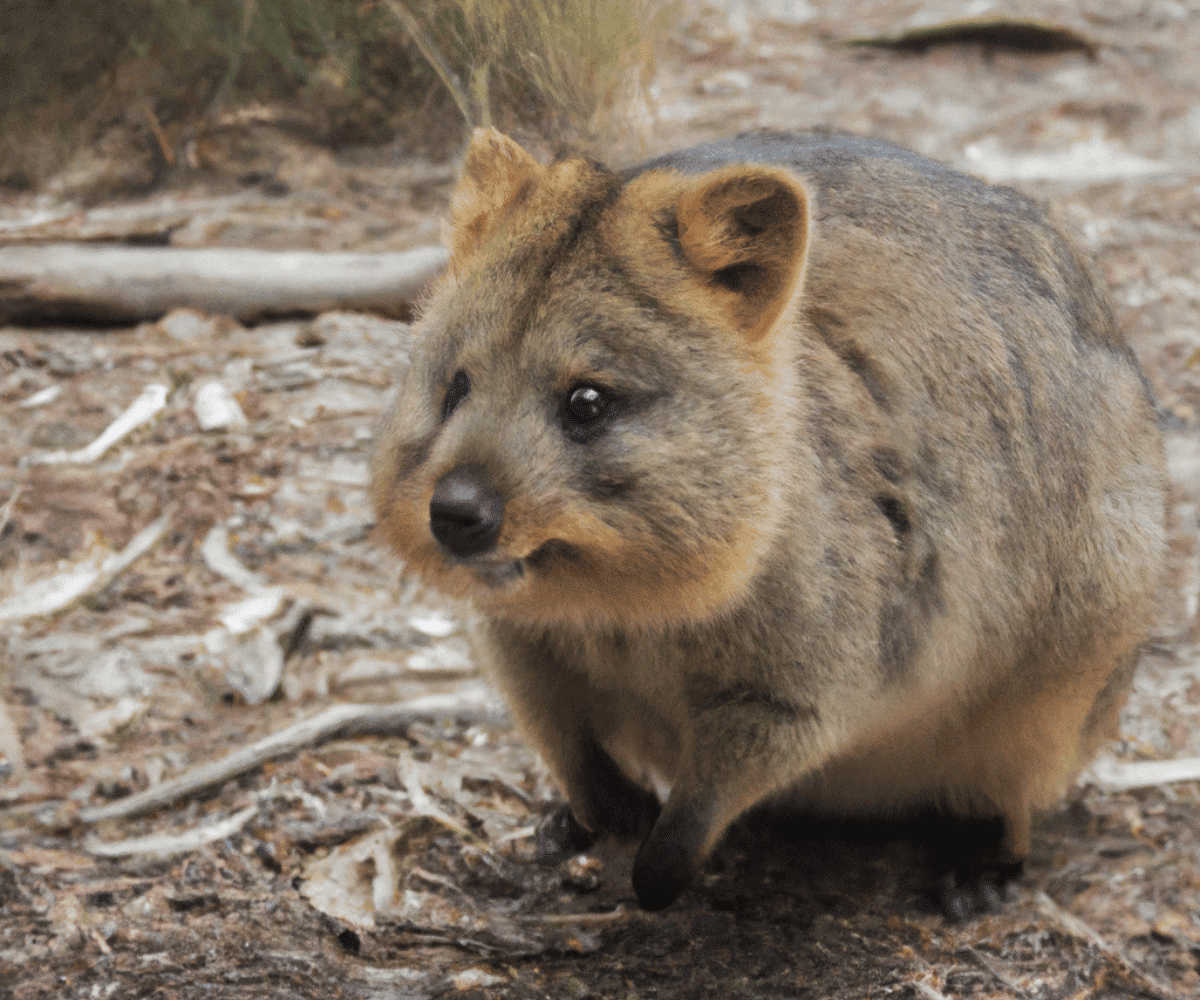
Encountering friendly wild animals can be among life’s most magical experiences, but these interactions carry significant ethical responsibilities. Wildlife experts universally recommend maintaining appropriate distance, even from animals that approach humans comfortably. Feeding wild animals, while tempting, can lead to dependency, nutritional problems, and dangerous habituation that puts both animals and future human encounters at risk. Photography should be conducted respectfully, without flash or intrusive behaviors that might cause stress. When seeking wildlife encounters, choosing ethical tour operators who prioritize animal welfare over close encounters ensures your experience doesn’t come at the animals’ expense. Research also shows that friendly wildlife populations can change their behavior when human interaction becomes excessive or inappropriate, potentially losing the very traits that make them special. The most meaningful encounters arise from patience and respect, allowing animals to approach on their terms if they choose to. By following these guidelines, we can ensure that future generations will also have the opportunity to experience the wonder of connecting with these remarkable creatures in their natural habitats.
Conclusion: The Gift of Wild Friendship

The animals we’ve explored represent nature’s bridge-builders – wild creatures that, through various combinations of intelligence, curiosity, and adaptation, have developed the capacity for positive interactions with humans. Their friendliness offers us precious windows into the animal mind and reminds us that the boundaries between human and animal worlds are more permeable than we often imagine. These remarkable species challenge us to consider our relationships with wildlife more broadly, suggesting possibilities for coexistence rather than conflict. As we face unprecedented biodiversity challenges globally, these friendly ambassadors from the wild may help inspire the empathy and connection needed for effective conservation. By approaching these encounters with respect, knowledge, and appropriate boundaries, we honor both the wildness that defines these animals and the unique connection they offer – a connection that enriches our understanding of the natural world and our place within it.
- How Penguins Take Turns at Sea and Nest to Raise Chicks - August 9, 2025
- Dolphin Brains Compare to Those of Apes and Humans - August 9, 2025
- 14 Cutting-Edge Biotech Innovations That Will Shape the Future - August 9, 2025

